 WASHINGTON -The U.S. Coast Guard is exploring the possibility of deploying unmanned “drone” aircraft to monitor coastlines that go largely unwatched, the service’s head of vessel inspections said Friday .The planes would be able to linger over stretches of coast and improve the tracking of small vessels under 300 gross tons that are largely below the threshold of Coast Guard attention, Rear Adm. Brian Salerno said at a breakfast meeting held by the National Defense University Foundation.Salerno did not offer any details of what a drone-based surveillance and detection network might look like or how exactly the planes would be deployed.The United States has 95,000 miles of coast line that is essentially an international border, Salerno said. That border, however, is not protected equally.Security is relatively robust at the nation’s larger ports, but remains “spotty” along other coastal areas, he said.Vessels weighing more than 300 gross tons are covered by an electronic tracking system that relays location information when they are in U.S. ports. An international agreement calls for the same system to enable tracking of those ships at longer ranges off national coasts by the end of 2008.The 8,000 smaller foreign vessels that make about 60,000 U.S. port calls a year, as well as the 17 million recreational boats in the United States, come and go largely unseen unless an aircraft or Coast Guard boat happens to be in the vicinity, Salerno said.“What we do not have is full coverage,” he said. “We have very spotty coverage as far as ships that are operating along our coasts that are below the (300-ton) threshold.”Such vessels could carry nuclear substances or other dangerous material, transport terrorists seeking to enter the United States, or even be used as weapons themselves as in the 2000 suicide bombing against the USS Cole, Salerno said.The “visibility” of small vessels is not adequate, he said. “We have some maritime domain awareness gaps.There are some things we don’t see,” Salerno said.“If it’s occurring outside a port area we probably won’t see it.”Salerno’s comments come a few weeks after Vayl Oxford, head of the Homeland Security Department’s Domestic Nuclear Detection Office, said his agency was planning a shift away from a port-centric attention to maritime shipping containers.In terms of a possible avenue for terrorists to deliver a nuclear or radiological device to U.S. soil, small seagoing vessels and small general-aviation aircraft represent a concern and will become a growing focus, he said.
WASHINGTON -The U.S. Coast Guard is exploring the possibility of deploying unmanned “drone” aircraft to monitor coastlines that go largely unwatched, the service’s head of vessel inspections said Friday .The planes would be able to linger over stretches of coast and improve the tracking of small vessels under 300 gross tons that are largely below the threshold of Coast Guard attention, Rear Adm. Brian Salerno said at a breakfast meeting held by the National Defense University Foundation.Salerno did not offer any details of what a drone-based surveillance and detection network might look like or how exactly the planes would be deployed.The United States has 95,000 miles of coast line that is essentially an international border, Salerno said. That border, however, is not protected equally.Security is relatively robust at the nation’s larger ports, but remains “spotty” along other coastal areas, he said.Vessels weighing more than 300 gross tons are covered by an electronic tracking system that relays location information when they are in U.S. ports. An international agreement calls for the same system to enable tracking of those ships at longer ranges off national coasts by the end of 2008.The 8,000 smaller foreign vessels that make about 60,000 U.S. port calls a year, as well as the 17 million recreational boats in the United States, come and go largely unseen unless an aircraft or Coast Guard boat happens to be in the vicinity, Salerno said.“What we do not have is full coverage,” he said. “We have very spotty coverage as far as ships that are operating along our coasts that are below the (300-ton) threshold.”Such vessels could carry nuclear substances or other dangerous material, transport terrorists seeking to enter the United States, or even be used as weapons themselves as in the 2000 suicide bombing against the USS Cole, Salerno said.The “visibility” of small vessels is not adequate, he said. “We have some maritime domain awareness gaps.There are some things we don’t see,” Salerno said.“If it’s occurring outside a port area we probably won’t see it.”Salerno’s comments come a few weeks after Vayl Oxford, head of the Homeland Security Department’s Domestic Nuclear Detection Office, said his agency was planning a shift away from a port-centric attention to maritime shipping containers.In terms of a possible avenue for terrorists to deliver a nuclear or radiological device to U.S. soil, small seagoing vessels and small general-aviation aircraft represent a concern and will become a growing focus, he said. Source:http://www.nti.org
As in the days of Noah....


















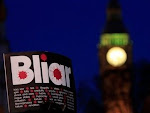
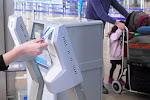


















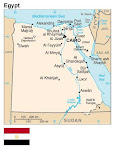








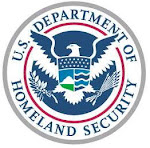















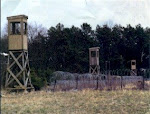









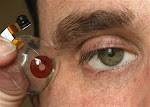












.bmp)

























.bmp)